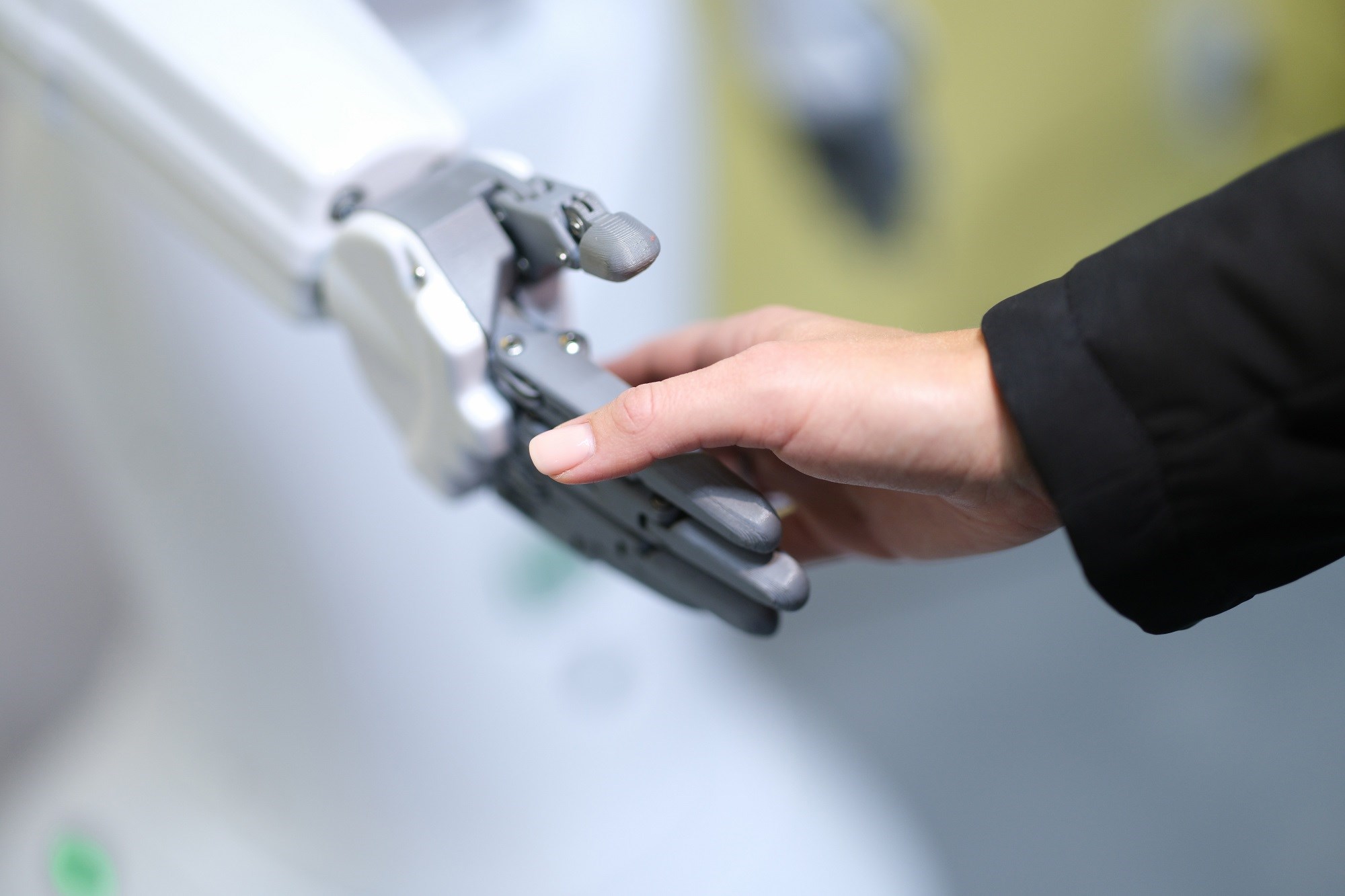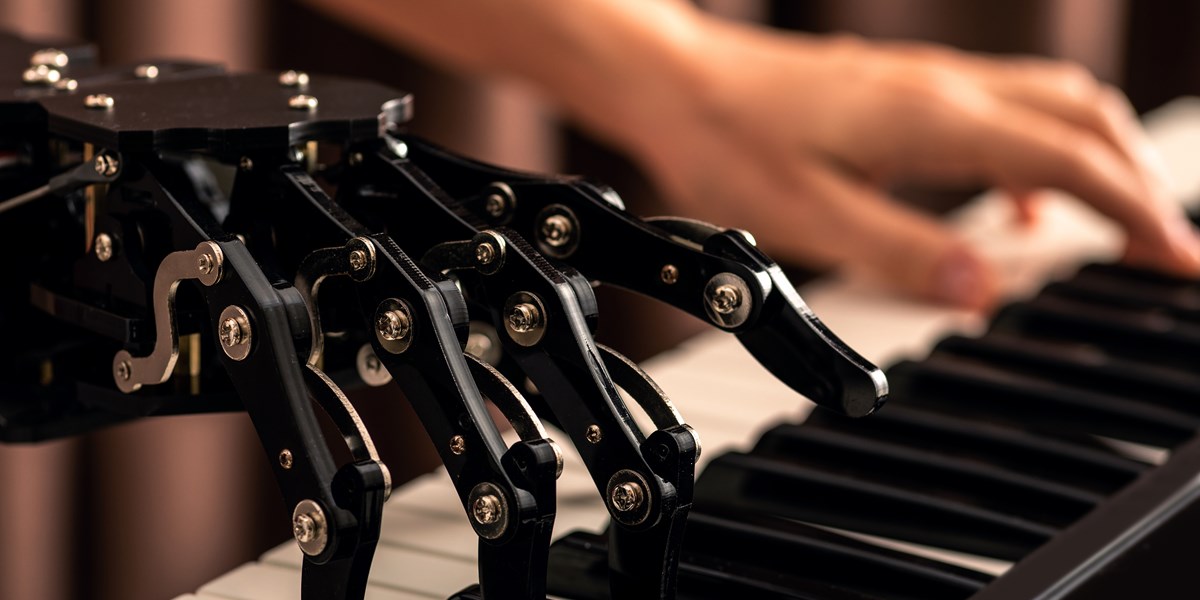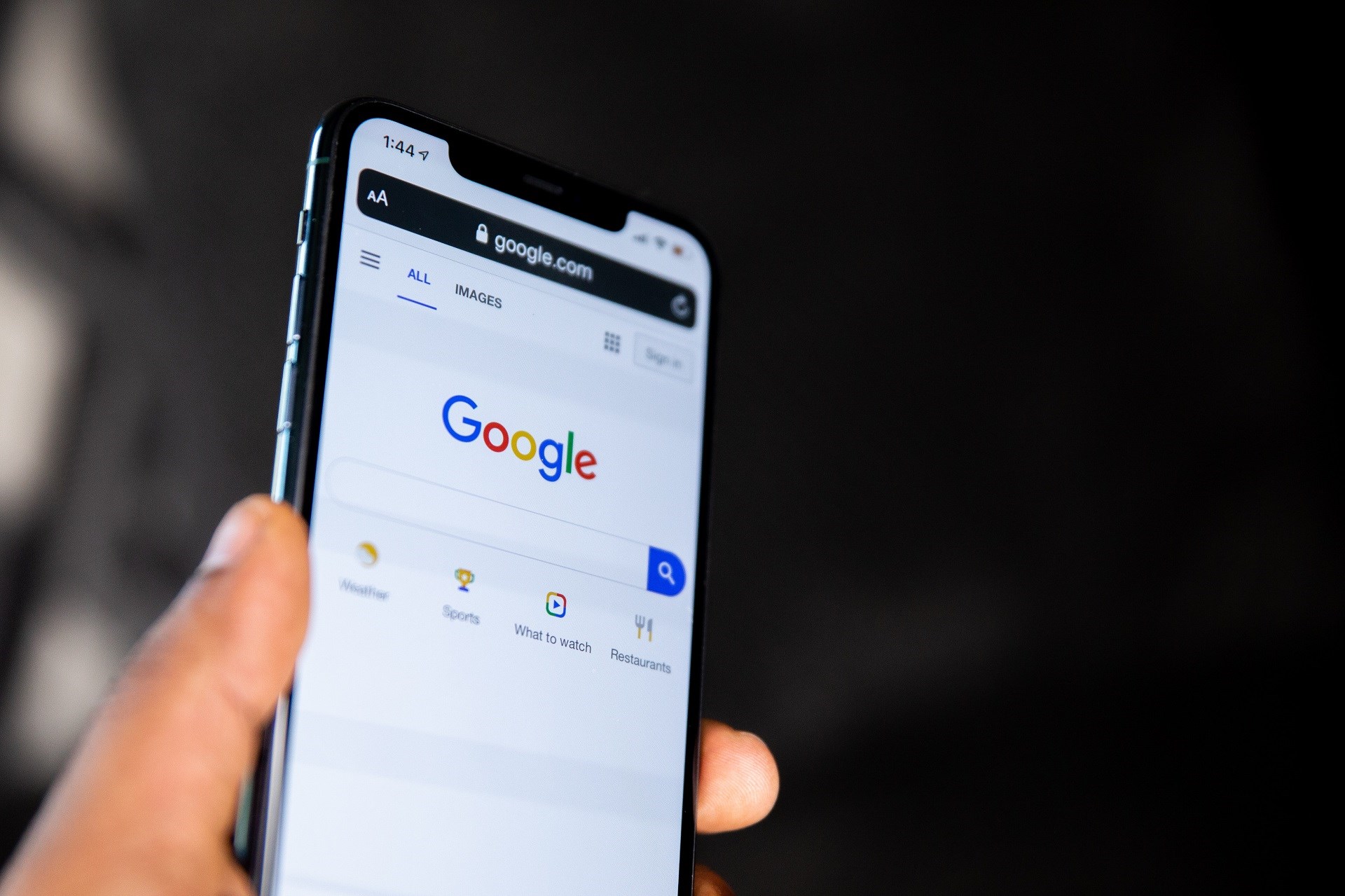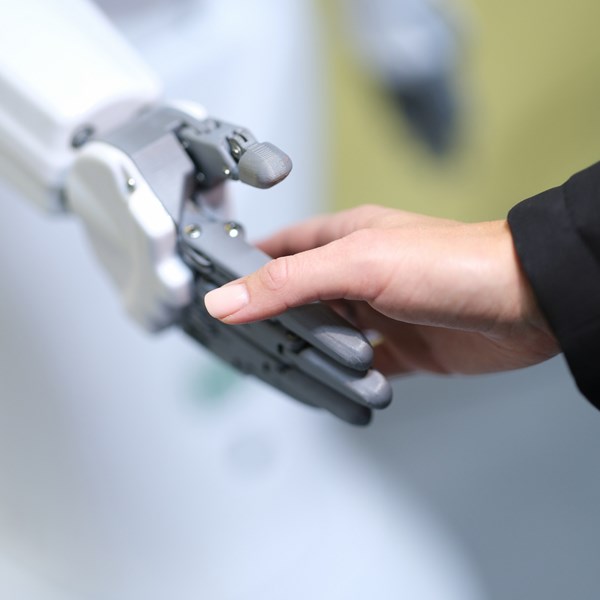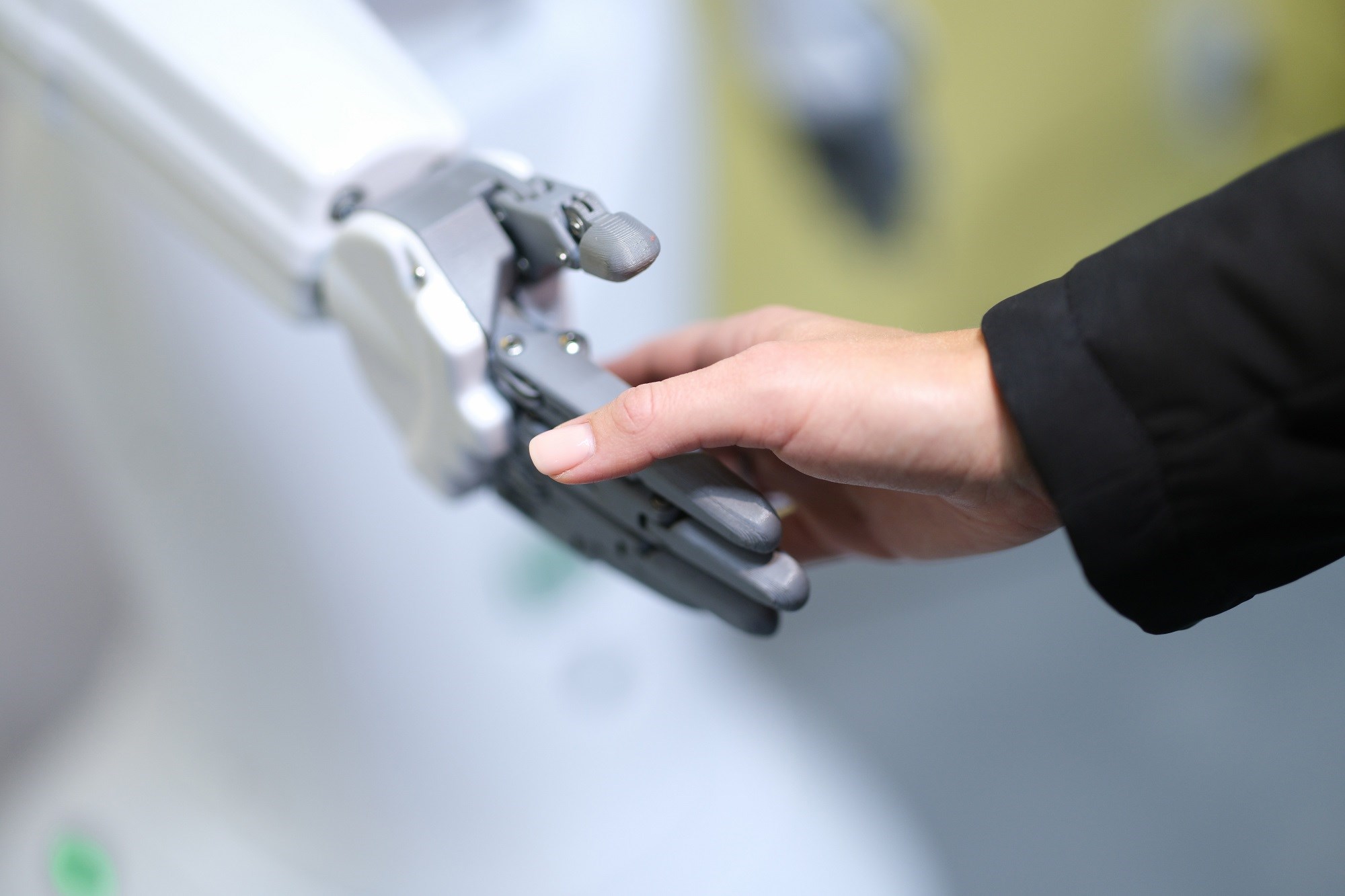The UK Supreme Court has handed down its judgment on whether AI can be named as an inventor for a patent application. This judgment is concerned with the relatively narrow question of whether an AI-powered machine can be an inventor. It does not address the broader question of whether inventions generated by AI-powered machines should be patentable. This distinction is important both for interpreting the judgment and for applicants seeking protection for software inventions.
In short, the Supreme Court’s answer is a unanimous no, an AI-powered machine cannot be an inventor. In this way, the Supreme Court has upheld the decision of each of the lower courts that addressed this issue. Looking beyond the headline, however, there are a number of interesting aspects to the case.
OWNERSHIP
Why is the identity of the inventor important in the patent application process? It is because the issue of inventorship is principally a question of ownership.
A patent for an invention is a type of intellectual property. Property has, in law, an owner. Anyone can file a patent application but only the owner of the invention has the right to the patent for that invention.
In general, ownership of an invention originally vests either with its inventor, or, in many cases, with their employer. Ownership of the patent can be transferred, but the chain of ownership must always start with the inventor.
Thus, determining the inventor is a critical part of the patenting process because it directly impacts determining who has the right to have a patent granted for the invention.
ENTITLEMENT TO A GRANT OF A PATENT
The Appellant, Dr Thaler, had filed two applications for the grant of patents in which he stated that he was not an inventor. Patent law requires an inventor to be named on an application, for the reasons discussed above.
Dr Thaler maintained that the inventor was in each case a machine called DABUS, acting autonomously and powered by AI. Dr Thaler submitted that he had acquired the right to the grant of the patents by his ownership of the machine.
The Court ruled, however, that according to the UK Patents Act 1977, an inventor must be a natural person, not a machine.
Dr. Thaler further argued that he was nevertheless entitled to obtain the grant of patents for the DABUS inventions on the basis of his ownership of DABUS.
The Court rejected this contention as well: the ownership of the invention does not follow from the ownership of the machine. On the contrary, UK patent law provides a way to determine ownership based on the existence of an inventor who is a person. The right to a patent is then determined from a chain of ownership which starts with the natural-person inventor.
SOFTWARE INVENTIONS AND CURRENT PATENT LAW
The current patent law applicable in the UK is the Patents Act 1977, and the Patent Rules 2007. This means that the basis of the current patent law was set in the 1970s. Clearly, technology has moved on a lot in the last 45 years.
In the DABUS judgment, the Courts applied the current law to resolve a question of AI-related inventorship. This shines a light on just how fit for purpose the current patent law is where AI-made inventions are concerned. For instance, in a situation where an invention results from an autonomous operation of an AI-powered machine, should the ownership vest with the person who had set the machine up, or with the owner or licensee of the software? These are complex questions that have not been resolved. Thus, there is an argument to be made for a review of patent law to reflect the use of software in general, and AI in particular, in current R&D.
AI AND SOCIETY
The judgment is part of a wider debate on the role and impact of AI in the real world. This debate has been gathering momentum over the last several years. However, it is not a new one: as usual, artists had explored the possibilities and impact of technology long before the actual technology was in any way viable. The word “robot” was invented by Josef Čapek for his brother Karel’s play R.U.R., published in 1920. The play explores the relationship between sentient robots and their human makers. In the play, the story does not end well for humanity. Recent newspaper headlines have been tending towards this “humanity is doomed” view.
However, we are not served by such doom-mongering because it obscures the real problems that need to be addressed. For instance, data (mis)use, the problems posed by AI facial recognition, built-in bias, lack of oversight and governance, deepfake AI, and the general difficulty of assessing whether AI-generated information is based on facts.
In this context, the DABUS debate is a welcome contribution to a nuanced, factual discussion of AI and its impact on society.
